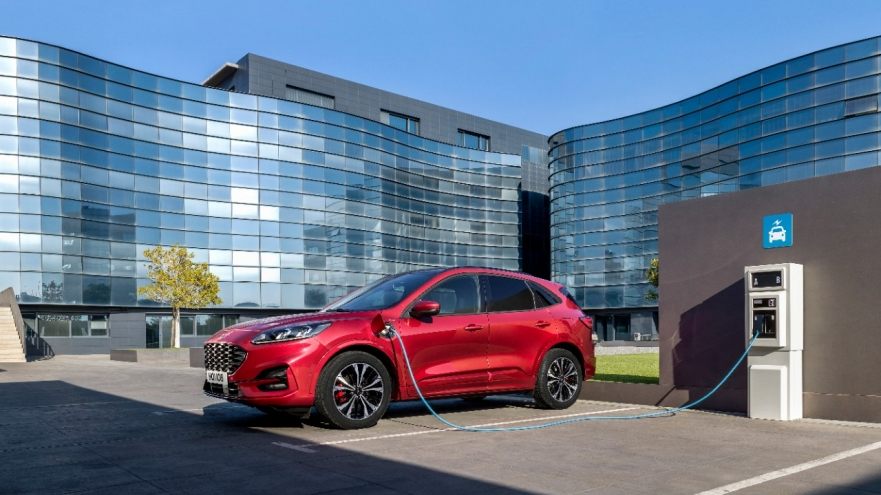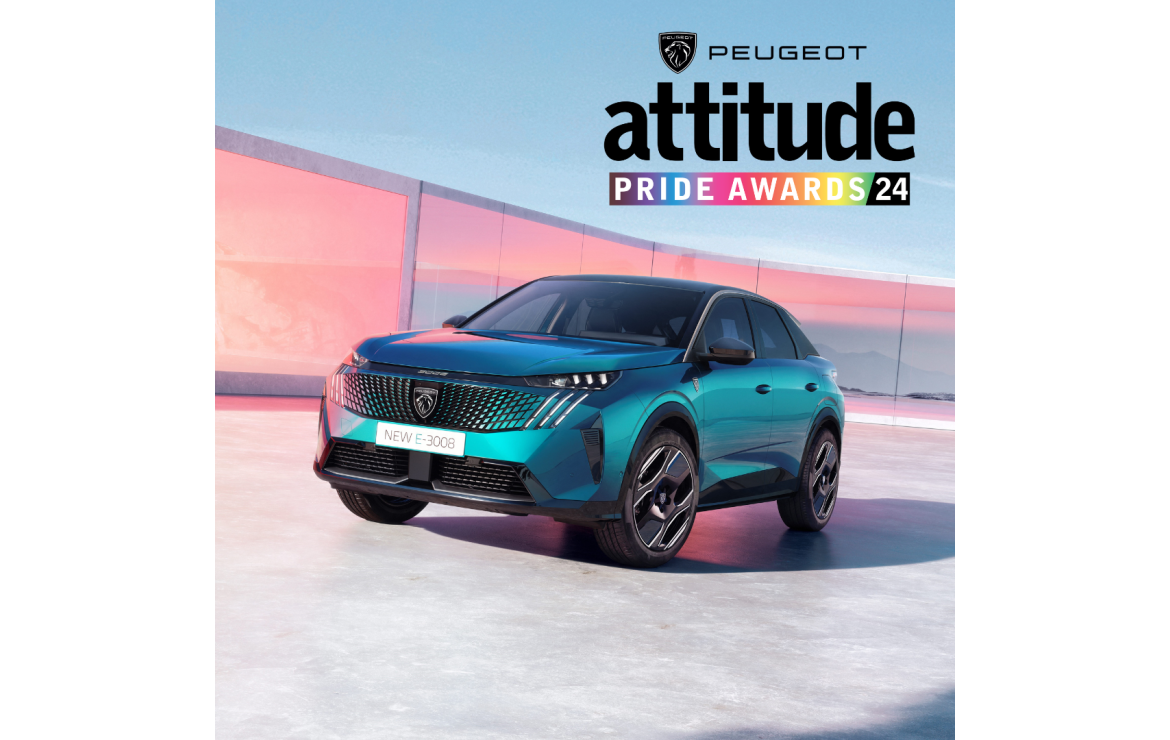- Ford shows commitment to electric future by announcing extensive line-up of 16 hybrid and all-electric models – from family cars and SUVs to commercial vans – at “Go Electric” event
- Designed to contribute to cleaner, quieter streets, new Ford Hybrid models include a wide selection of all-new Kuga SUVs offering a pure electric range of more than 50 km (31 miles)
- Fiesta and Focus bestsellers also being made available as hybrids. An all-electric Mustang‑inspired SUV is promised for 2020 – a fully electric Transit to follow
Ford today unveiled an extensive range of new vehicles that are designed to help make cities cleaner and quieter by increasingly using more environmentally friendly electric power.
The comprehensive line-up of 16 electrified models announced today includes everything from small family cars to SUVs and people-movers under a new Ford Hybrid banner – with a Mustang-inspired performance SUV and fully electric Transit van on the way. *
In a move that marks a new milestone for the company, Ford is committed to delivering a fresh range of fuel-efficient and fun-to-drive vehicles that are tailored to meet the diverse needs of its European customers – whether tackling the school run, delivering parcels or looking for performance.
“Ford Hybrid vehicles will make electrification relevant and attainable for more drivers than ever before. From Fiesta to Transit, every new vehicle we introduce will feature an electrified version that best suits the needs of our customers in an affordable way,” said Stuart Rowley, president, Ford of Europe. “Along with advances in technology and connectivity, the models introduced today are just the start of our plans to develop a comprehensive line-up of smart vehicles for a smart world.”
Earlier this year, Ford committed that all the company’s future nameplates would include an electrified option. Today, at a special “Go Electric” experience in Amsterdam, the company showed what that future will look like.
The all-new Kuga mid-size SUV will offer the widest range of hybrid options the company has ever made available and will deliver a pure-electric driving range in excess of 50 km (31 miles) with the Kuga Plug-In Hybrid model; the same range being targeted by the new Tourneo Custom Plug-In Hybrid eight-seat people-mover. The line-up of hybrid SUVs will be complemented by the all‑new seven-seat Explorer Plug-In Hybrid.
Ford also revealed new electrified passenger vehicles – the Fiesta EcoBoost Hybrid and Focus EcoBoost Hybrid models – that feature sophisticated mild-hybrid technology for reduced CO2emissions, better fuel‑efficiency, and a more responsive and rewarding driving experience.
For commercial vehicle customers, Ford also announced that a new all-electric Transit will join its line-up of electrified commercial vehicles in 2021. Designed to deliver pure-electric power, the new van will both contribute to cleaner, quieter towns and cities, and reduce costs for business and operators. Ford’s Mustang-inspired all-electric performance SUV will arrive in 2020, with a pure-electric driving range of 600 km (370 miles). *
“There is no ‘one-size-fits-all’ solution when it comes to electrification – every customer’s circumstances are different,” said Joerg Beyer, executive director, Engineering, Ford of Europe. “Ford’s nuanced powertrain strategy is designed to help our customers find the right solution to make their electrified vehicle experience easier and more enjoyable.”
Ford also is exploring solutions to further optimise the energy efficiency and driving range of its electrified vehicles by testing a one-of-a-kind Ford Transit Smart Energy Concept 10-seater minibus. Delivering a 150-km (93-mile) range from a 4-hour charge, the concept uses a Ford Transit chassis fitted with battery-electric technology.
To date, Ford Hybrid models available on the market include its popular Mondeo model, Tourneo Custom people-mover, and Transit and Transit Custom vans. Future all‑electric vehicles will be supported by the IONITY consortium that aims to build 400 stations in key European locations by 2020.
# # #
Mondeo Hybrid Wagon CO2 emissions from 101 g/km, fuel-efficiency from 4.4 l/100 km
* Officially homologated fuel-efficiency and CO2 emission figures will be published closer to on-sale date
The declared fuel/energy consumptions, CO2 emissions and electric range are measured according to the technical requirements and specifications of the European Regulations (EC) 715/2007 and (EC) 692/2008 as last amended. Fuel consumption and CO2 emissions are specified for a vehicle variant and not for a single car. The applied standard test procedure enables comparison between different vehicle types and different manufacturers. In addition to the fuel-efficiency of a car, driving behaviour as well as other non-technical factors play a role in determining a car’s fuel/energy consumption, CO2emissions and electric range. CO2 is the main greenhouse gas responsible for global warming.
Since 1 September 2017, certain new vehicles are being type-approved using the World Harmonised Light Vehicle Test Procedure (WLTP) according to (EU) 2017/1151 as last amended, which is a new, more realistic test procedure for measuring fuel consumption and CO2 emissions. Since 1 September 2018 the WLTP has begun replacing the New European Drive Cycle (NEDC), which is the outgoing test procedure. During NEDC Phase-out, WLTP fuel consumption and CO2 emissions are being correlated back to NEDC. There will be some variance to the previous fuel economy and emissions as some elements of the tests have altered i.e., the same car might have different fuel consumption and CO2 emissions.





